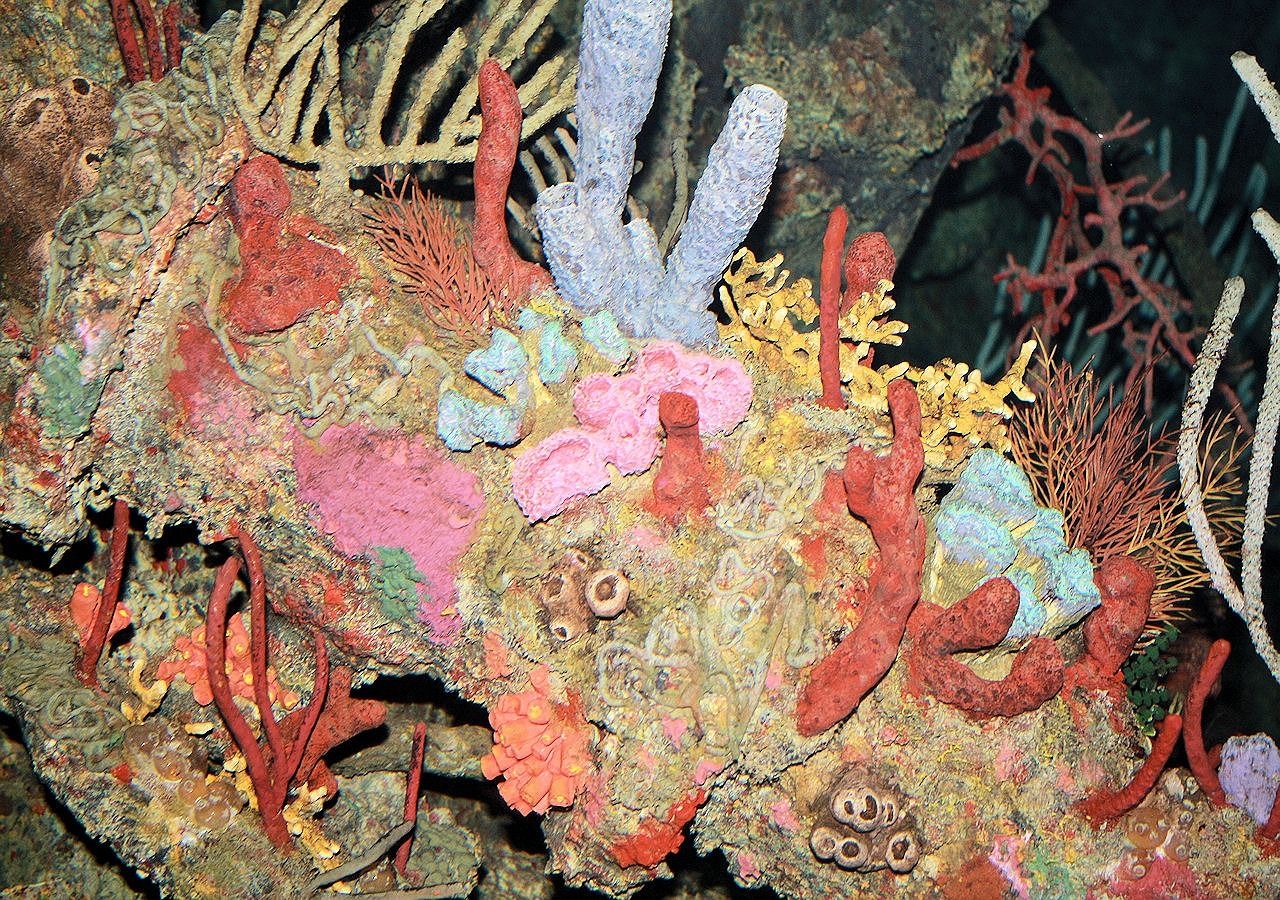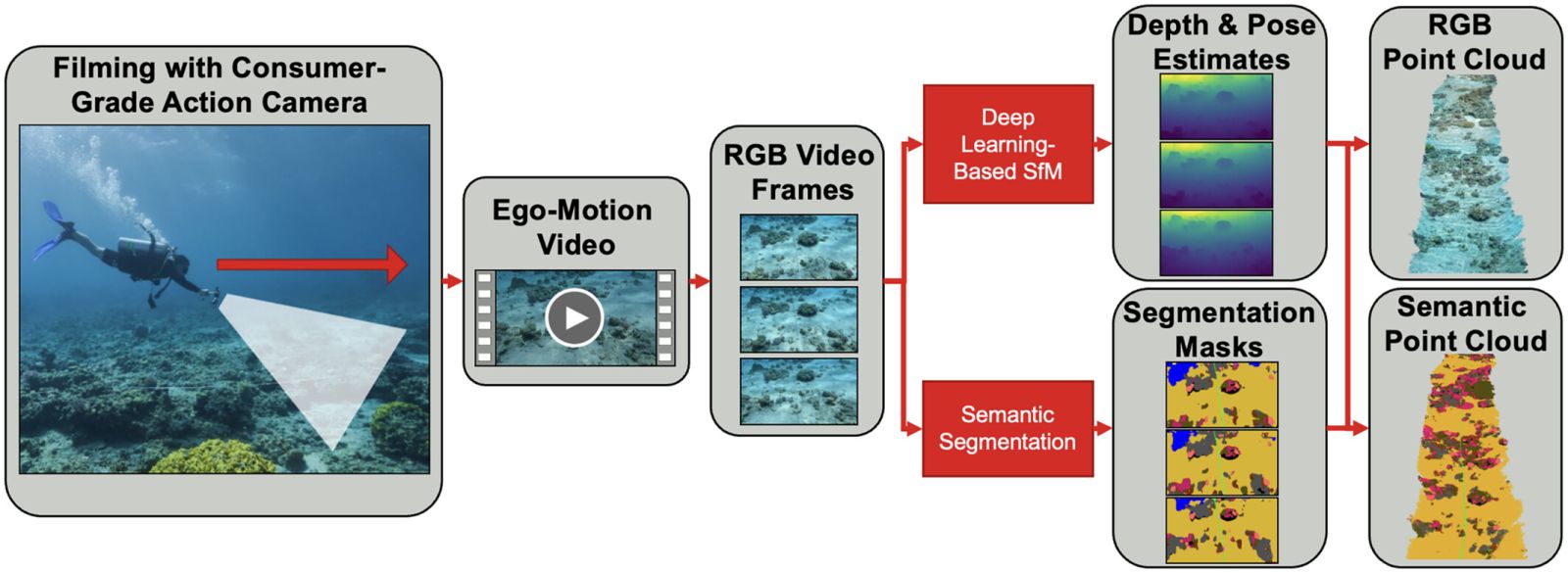This AI maps coral reefs with unprecedented efficiency and speed
Published by Cédric,
Article author: Cédric DEPOND
Source: Methods in Ecology and Evolution
Other Languages: FR, DE, ES, PT
Article author: Cédric DEPOND
Source: Methods in Ecology and Evolution
Other Languages: FR, DE, ES, PT
Follow us on Google News (click on ☆)

Illustration image Pixabay
A significant breakthrough in this field is the use of artificial intelligence developed at the EPFL, which allows for the creation of detailed 3D maps of coral reefs in just a few minutes from underwater images. This technology opens new perspectives for the exploration and preservation of reefs, as highlighted by Samuel Gardaz, project coordinator of the Transnational Red Sea Center.
Traditionally, 3D mapping of coral reefs was an expensive and resource-intensive task, requiring hundreds of images from the same reef area, as well as expert intervention. Now, even amateur divers can collect data simply by swimming over reefs with a standard camera, thanks to a system developed by the EPFL.
This system uses artificial intelligence capable of processing underwater images, thus overcoming challenges related to lighting and water distortion. Additionally, it incorporates algorithms that classify corals based on their health status and shape, making the work of field biologists easier.
Thanks to this new technology, scientists now have a foundation to add other data, such as reef species diversity, population genetics, and corals' adaptability to warmer waters. This could lead to the creation of a complete digital reproduction of coral ecosystems.

An overview of the main method (DeepReefMap): a diver swims over a reef while taking a video with a consumer camera. On the unorganized images of this video, the SfM learning system is used to reconstruct the 3D geometry of the reef in real time. A semantic segmentation system is used to identify the benthic classes, which can be directly transferred into the point cloud.
Thus, the use of artificial intelligence for mapping coral reefs represents a major advancement in the field of marine research and conservation, offering new opportunities to understand and protect these valuable ecosystems.